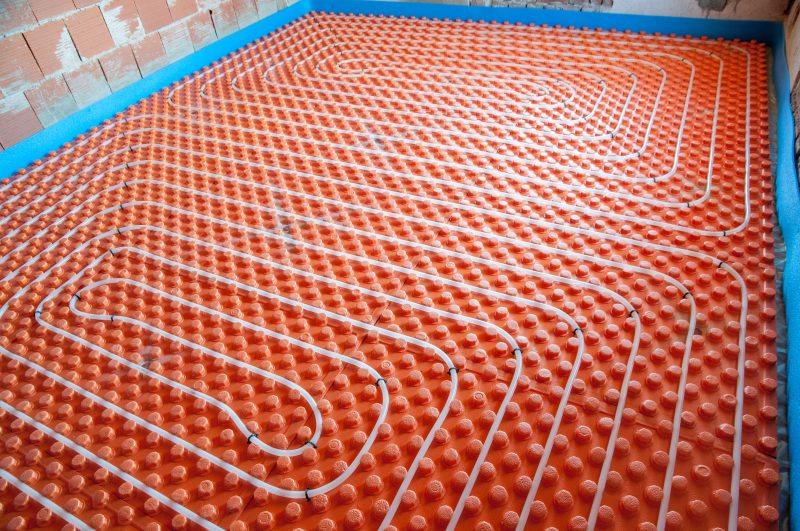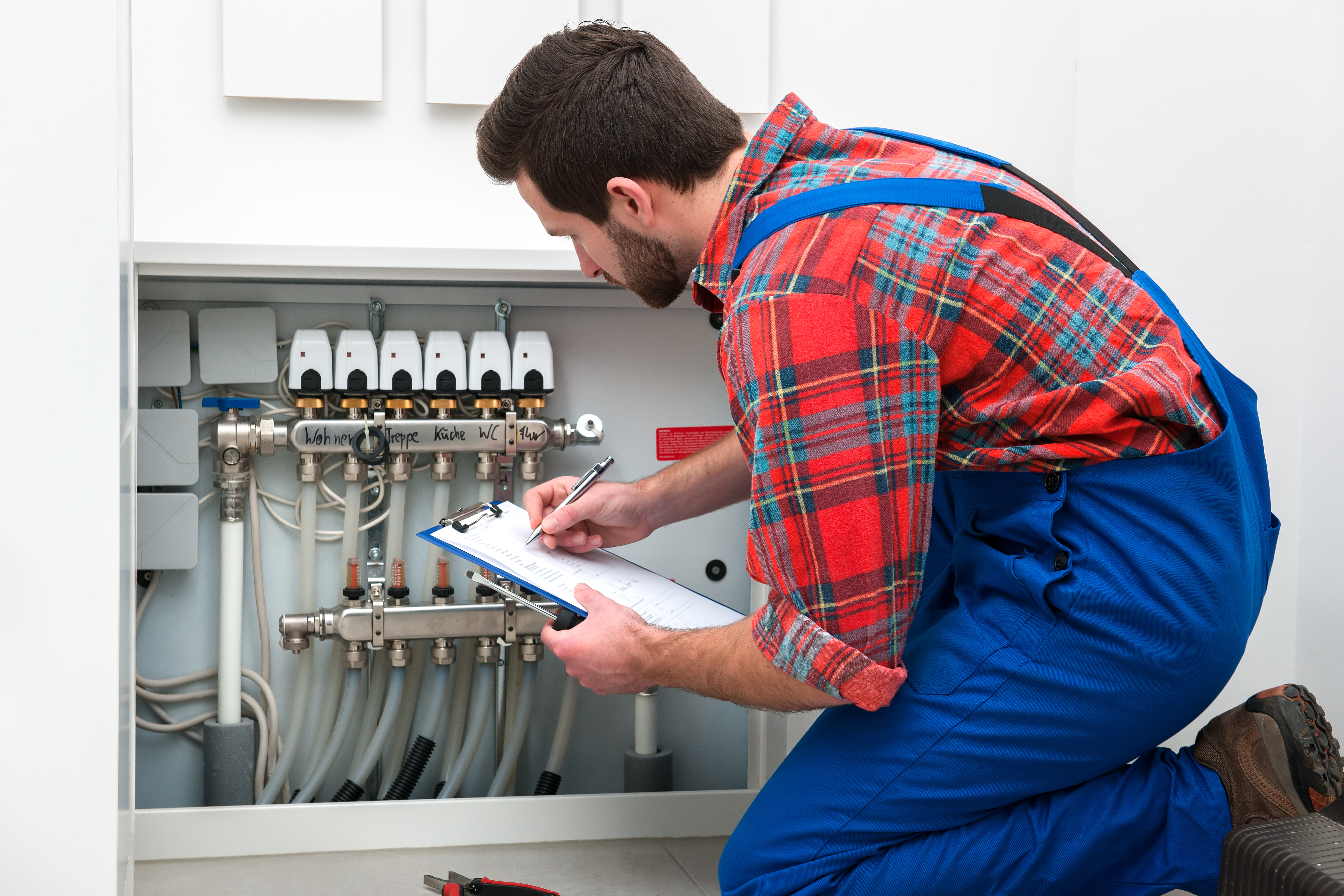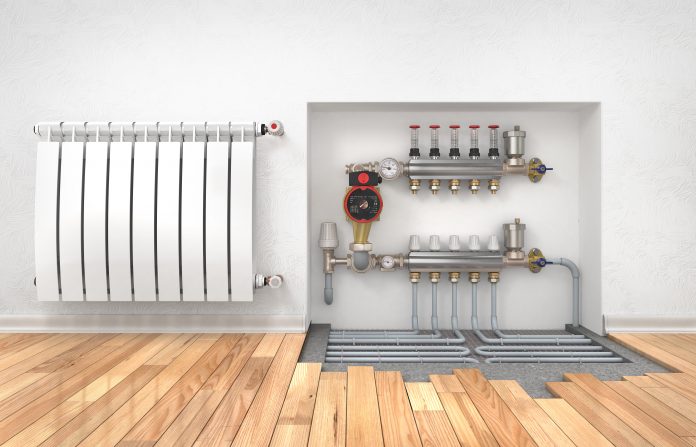A wet underfloor heating system, though different, has certain features that are similar to traditional central heating systems.
Heated water circulates through the underfloor pipes, heating the surface of the floor and radiating out into the room. Generally, underfloor heating systems require less maintenance than your typical heating systems. However, that is not to say you shouldn’t check it from time to time.
In some cases, you will require a professional service team to check it. Especially, if you haven’t used it in a long time. That said, however, it is important to know a few basic things about maintenance. For example, bleeding an underfloor heating system should help you troubleshoot small problems in case of an emergency.
Understanding the components of your underfloor heating system
Before we proceed, it is important to know the different components that make up an underground heating system, and that their maintenance depends on their material, constitution and function.
There are 3 major components of the wet underfloor heating system. They are:
- Boilers
- Circulating pumps
- Motorised valves

Some simple maintenance tips for your heating system include:
Checking the heating manifolds
The systems radiant manifolds should be checked regularly. But you should let a professional service it annually and check for leaks. If you find any leaks, they can be corrected by simply tightening the fitting. But the inside of a manifold is quite like a tap, there are washers, and sometimes, valves. These parts tend to wear overtime and you will need to dismantle the manifold and replace the rubber seal.
The underfloor pipes
Provided the system is installed or in use, the heating pipes laid in screed should not require regular maintenance. This is one of the reasons for life-long warranties.
According to experts at Heavenly Heat Inc., who supply heated floors in Toronto inhibitors in a system are used to prevent sludge from building up. “The pipes are smooth, making it difficult for an accumulation to occur. However, it is not unusual to notice some blockages, so check it from time to time,” he says.
If your pipes are blocked, it will require power-flushing with the right tools and chemicals to dislodge the obstruction.
Power-flushing the system
Sometimes, you will experience gurgling sounds from the radiator, chances are the system needs to be unclogged. Like the radiators of a central heating system, those of a wet underfloor system will benefit from occasional flushing.
The process of power-flushing requires a strong power-flushing tool that forces warm water at high pressure and a mixture of anti-corrosive chemicals to dislodge rust. It also gives the opportunity to change the fluid and replace it with a fresh mixture that flows and retains heat easily. Depending on the severity of your radiator problems, the cost of power-flushing varies. Some people try the DIY option, but the common mistake they make is using the wrong materials.

Bleeding a radiator
Bleeding an underfloor system is not something that should be done regularly. Like any system that uses water or a fluid to circulate heat via a network of pipes, it is only normal for air to be trapped within the system.
In effect, a small trapped pocket of air does not present a major problem but it can affect the efficiency and even distribution of heat. Bleeding is the process of letting out this trapped air to ensure the free circulation of heated water.
While some people can bleed their own pipes, it is advisable to contact technical support of you are unsure about the process. In most cases, a support staff of your service provider will put your through the steps without any hassle.





















